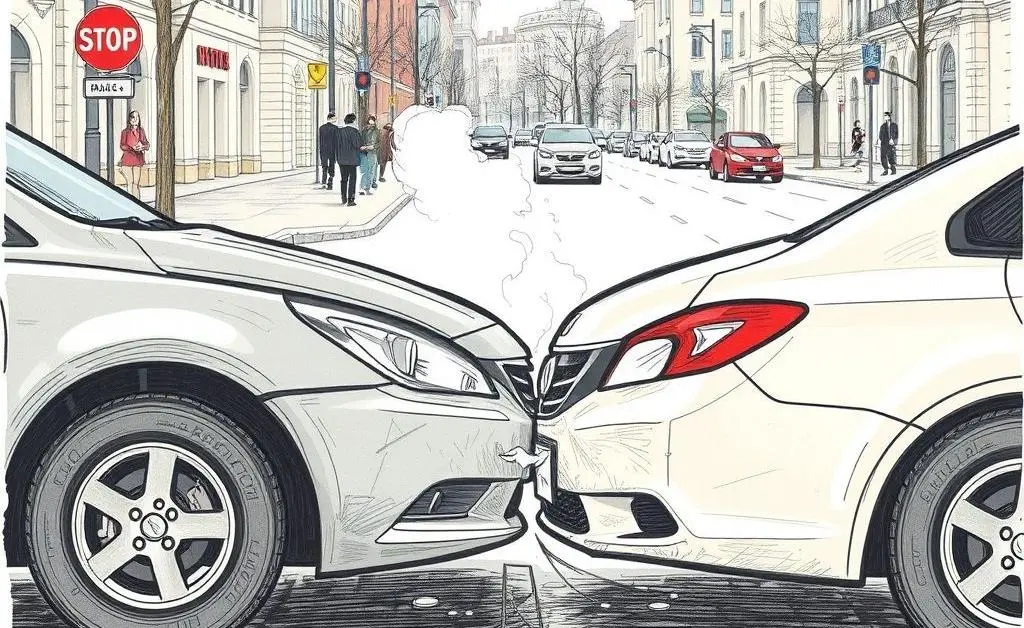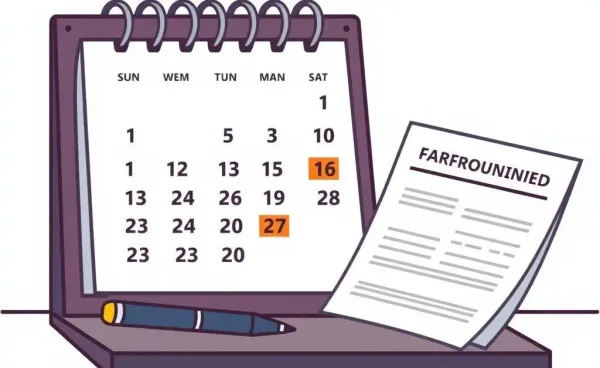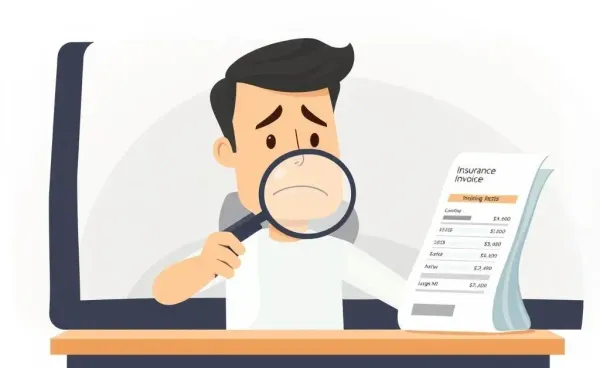Understanding Comprehensive Auto Insurance Claims: A Friendly Guide
Learn how comprehensive car insurance claims work & how to handle them smartly.

We all know that having car insurance is necessary, but understanding how it works, especially when it comes to filing a claim, can feel like decoding a secret language! Do comprehensive claims have you scratching your head? Let’s break it down together.
What Exactly Is a Comprehensive Insurance Claim?
Imagine this: you're driving home, and a deer darts in front of your vehicle. The damage is substantial, but it doesn’t involve another car. Comprehensive coverage is your friend here. It’s the part of your auto insurance that covers damage to your car not caused by a collision.
Comprehensive claims often cover:
- Theft or vandalism
- Natural disasters (hail, floods, etc.)
- Falling objects (think tree limbs)
- Car-animal collisions
Remember, your comprehensive coverage won’t cover damages from a crash with another vehicle—those fall under collision coverage.
Steps to File a Comprehensive Claim
One rainy evening, my friend Tom called in a panic; a tree had fallen on his car. After calming him down and having a good laugh about how he’s always the one with the weirdest car stories, I helped him navigate his first comprehensive claim. Here’s a simplified step-by-step of how you might handle a similar situation:
1. Assess the Damage
First, ensure everyone’s safe, then document the scene. Take photos—not only for your records but because your insurer will want them.

2. Contact Your Insurer
Report the incident as soon as possible. Providing them with a detailed account can expedite the process.
3. Use Your Deductible
Expect to pay your deductible before your insurance kicks in. Tom’s deductible was $500, which he grudgingly paid but was relieved when his insurer covered the rest.

4. Get an Appraisal
Your insurer might send an adjuster to assess the damage. Be honest and provide any necessary documentation.
5. Repair Your Vehicle
Choose a repair shop either through suggestions from your insurer or one you trust. You’ll get a shiny, repaired car back—and hopefully a fun story to tell.

When Might a Claim Get Denied?
While most claims proceed smoothly, sometimes they hit a snag. Common issues can include:
- Non-covered events (like regular wear and tear)
- Policy lapsed due to missed payments
- Providing false or incomplete information
Navigating insurance claims can indeed be tricky, but with the right knowledge, you’ve got a roadmap. Remember, it’s always beneficial to review your policy regularly and talk to your agent to ensure you have the right level of coverage.
What’s your craziest car claim story? I’d love to hear how you handled it in the comments below!




